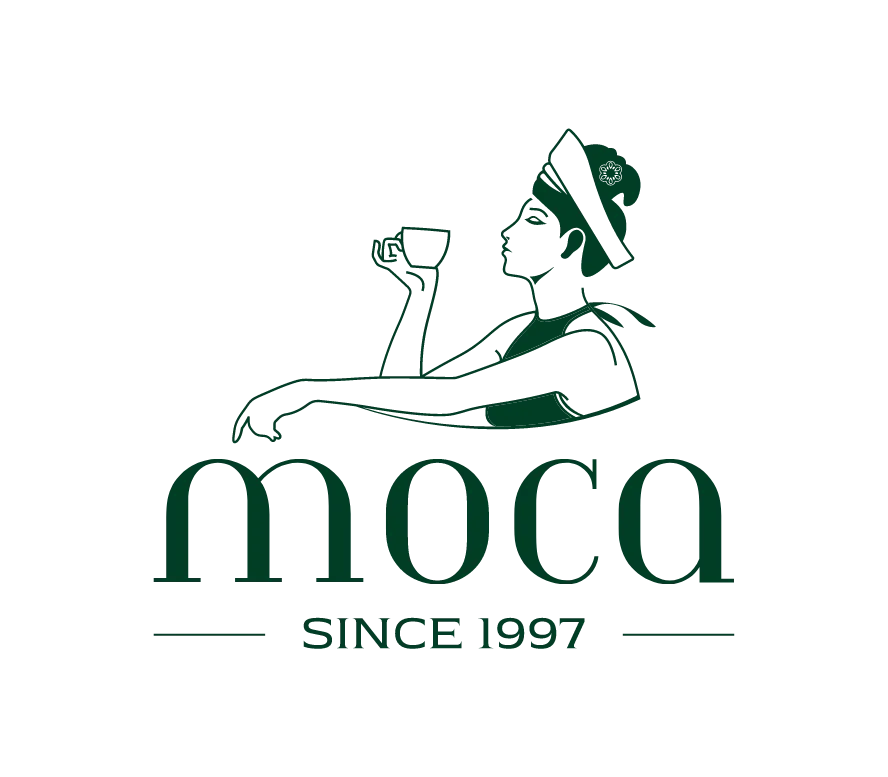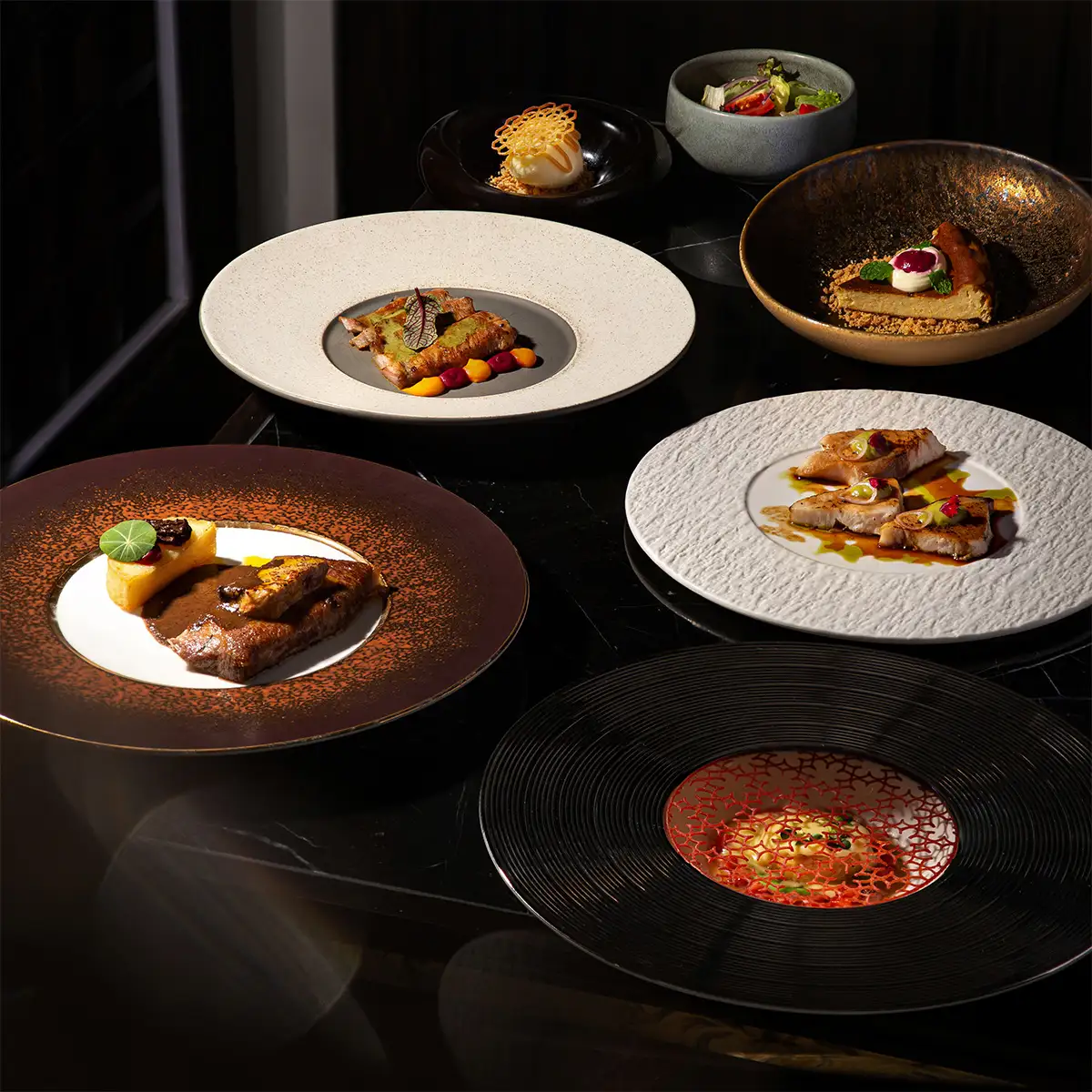Michelin Stars are among the highest honors in the culinary world, symbolizing excellence and achievement. Yet the Michelin restaurant process remains largely mysterious, sparking curiosity among food lovers and professionals. So, what does it take to earn a star? In this article, we unveil the secrets behind the Michelin restaurant process, offering insight into the rigorous evaluations and high standards that determine which restaurants make the cut.
1. The inspectors: Anonymous and impartial
At the heart of the Michelin restaurant process lies a group of highly trained individuals whose work remains both enigmatic and essential: the Michelin inspectors. These full-time, anonymous diners are the unsung heroes (and critics) of the culinary world, tasked with evaluating restaurants with an unmatched level of precision and objectivity.
Unlike many food critics whose identities are known, Michelin inspectors operate under a veil of secrecy. This anonymity allows them to experience a restaurant in the same way any regular diner would, ensuring their assessments are unbiased and untainted by preferential treatment. Importantly, they pay for their meals in full, further solidifying their independence from external influences such as restaurant PR campaigns or advertising efforts.
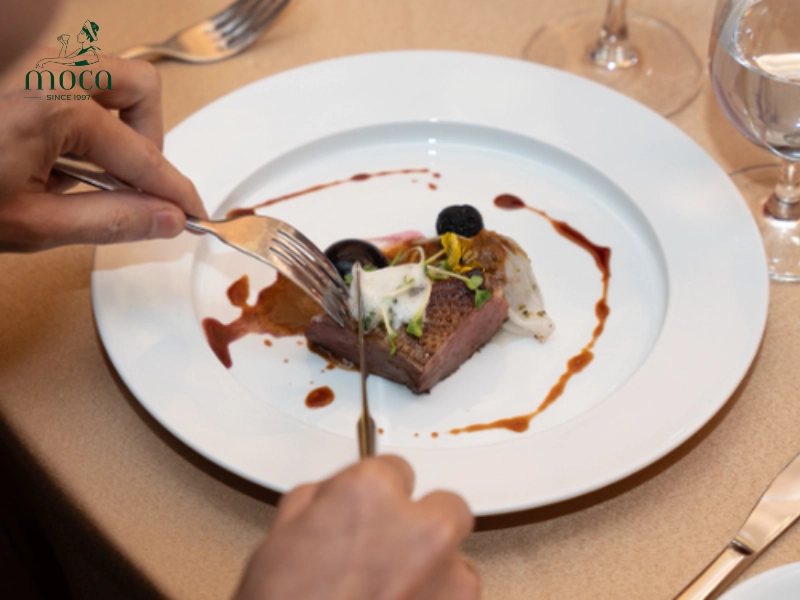
Michelin inspectors operate under a veil of secrecy
Becoming a Michelin inspector is no small feat. Candidates typically possess extensive culinary knowledge, often holding backgrounds as chefs, food critics, or hospitality professionals. They undergo rigorous training, learning to apply the Michelin Guide's stringent evaluation criteria uniformly across a diverse range of cuisines and dining experiences. This ensures that whether they’re enjoying a fine dining establishment in Paris or a cozy eatery in Tokyo, the standards remain consistent.
While inspectors are sworn to secrecy during their tenure, a few former inspectors have shared insights into their unique roles after leaving the position. For instance, Pascal Rémy, a former Michelin inspector, revealed in his memoir how meticulous the inspection process is, with inspectors sometimes dining out over 250 times a year. A life filled with travel, note-taking, and countless plates of food, the role demands not only passion but also an exceptional level of dedication and discretion.

Becoming a Michelin inspector is no small feat.
The Michelin restaurant process would not be possible without these anonymous and impartial professionals, whose commitment to excellence ensures that the stars awarded are a true reflection of culinary mastery.
Learn more: Michelin Star Restaurants Near Me
2. The evaluation criteria: The five pillars
The foundation of the Michelin restaurant process lies in its rigorous evaluation system, built around five key pillars. These criteria ensure that every restaurant is assessed with consistency, fairness, and an unwavering commitment to quality. Let’s explore each pillar in detail and uncover how inspectors measure excellence.
- Quality of the ingredients: At the core of any outstanding dish is the quality of its ingredients. Inspectors prioritize freshness, seasonality, and sourcing. For example, a restaurant using locally harvested produce or sustainable seafood demonstrates a commitment to high-quality ingredients.
- Mastery of flavour and cooking techniques: This criterion evaluates the chef's skill in balancing flavours and executing cooking techniques. Precision, consistency, and creativity are paramount.
- The personality of the chef in the cuisine: A Michelin-worthy restaurant is not just about great food—it’s also about a unique identity. Inspectors look for a chef's distinctive culinary style, vision, and storytelling through their dishes. Consider a menu that fuses modern techniques with traditional recipes, telling a story of heritage and innovation.
- Value for money: While the Michelin Guide is often associated with luxury, it also considers whether the overall dining experience justifies its price. Whether it’s a lavish multi-course tasting menu or an affordable yet exceptional Bib Gourmand eatery, the experience must feel worthwhile. A memorable dining experience at a fair price—where every detail, from the amuse-bouche to the dessert, delights the senses—is a hallmark of value for money.
- Consistency between visits: Perhaps the most challenging criterion, consistency is key to retaining or earning a Michelin Star. Inspectors visit restaurants multiple times to ensure the quality remains unwavering, regardless of when or who is dining.
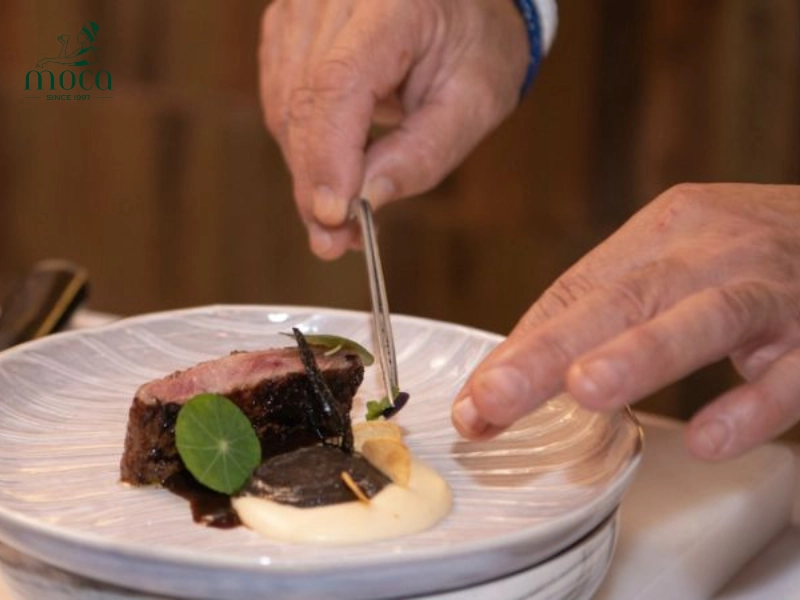
Five criteria forms a crucial part of the Michelin restaurant process
Each of these five pillars forms a crucial part of the Michelin restaurant process, ensuring that only the very best establishments receive the coveted stars. By holding restaurants to these exacting standards, the Michelin Guide continues to set the benchmark for culinary excellence.
3. The inspection process: From initial visit to star award
The journey to earning a Michelin Star is as meticulous and complex as the dishes being evaluated. The Michelin restaurant process involves a series of carefully planned inspections, ensuring every detail of the dining experience meets the Guide’s exacting standards.
- Multiple anonymous visits by different inspectors: The inspection process begins with anonymous visits by Michelin inspectors. To maintain fairness and objectivity, several inspectors visit the same restaurant at different times, often months apart. These visits are unannounced, ensuring the restaurant operates as it would for any regular guest.
- Focus on all aspects of the dining experience: While the quality of the cuisine is paramount, the inspection process extends beyond the plate. Inspectors evaluate the ambiance, service quality, wine pairings, and even the flow of the menu. Every detail, from the warmth of the greeting at the door to the final farewell, contributes to the overall assessment.
- Detailed note-taking and reporting: Inspectors are required to take extensive notes during and after each visit. These notes capture everything from the presentation and flavours of each dish to the consistency of the service and atmosphere. This level of documentation ensures that no single element of the dining experience is overlooked.
- Deliberation and discussion among the inspection team: After completing their visits, inspectors convene to discuss their findings. These deliberations are critical, as they allow the team to collectively evaluate a restaurant's performance. Each inspector’s observations are compared, ensuring a well-rounded and unbiased decision.
- How restaurants are selected for initial evaluation: Restaurants are selected for evaluation based on a variety of sources, including local recommendations, industry buzz, and the inspectors’ own research. A newly opened establishment with rave reviews or an up-and-coming chef may catch the attention of the Michelin team. This approach ensures that the Guide stays current, continuously uncovering hidden gems alongside established icons.
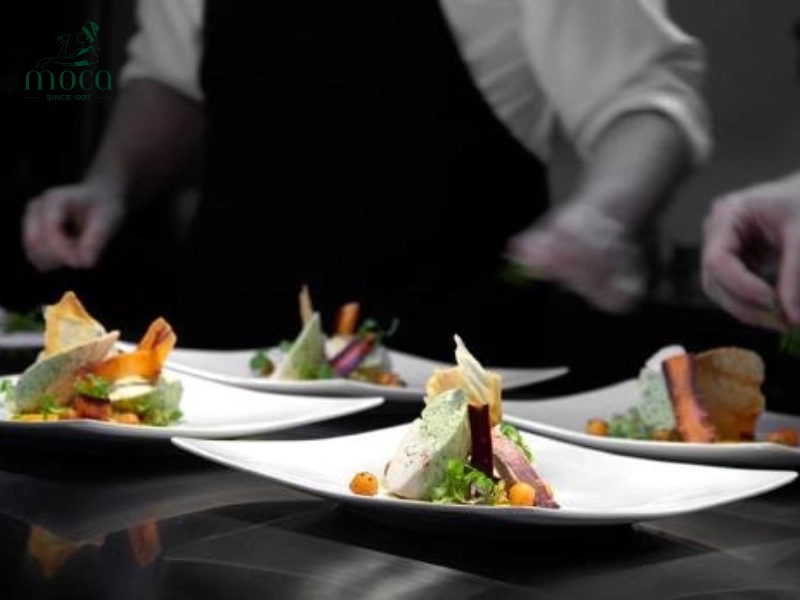
The Michelin restaurant is in the process of earning a Michelin Star.
Hypothetical timeline: A restaurant’s journey to a star
- Month 1: The restaurant is flagged for potential inspection based on local reviews and recommendations.
- Month 3: The first anonymous inspector visits, dining as any regular guest would.
- Month 6: A second inspector visits, independently assessing consistency and quality.
- Month 9: A third visit confirms the restaurant’s performance across all criteria.
- Month 12: The inspectors deliberate and agree that the restaurant meets the standards for a Michelin Star.
- Month 15: The restaurant is officially awarded its star in the next Michelin Guide release.
The Michelin restaurant process ensures that stars are not awarded lightly. Each step is designed to uphold the Guide’s reputation for integrity and excellence, making the stars a true symbol of culinary achievement.
Learn more: Michelin Restaurant Reviews: What Makes a Restaurant Worthy of the Stars?
4. The star system: What each star represents
The Michelin restaurant process culminates in one of the most recognized and revered rating systems in the culinary world: the Michelin Star system. Each star carries its own distinct meaning, symbolizing a restaurant’s level of excellence and the experience it offers to diners. Let’s break down what each star truly represents.
- One Star: "A very good restaurant in its category”: A restaurant awarded one Michelin Star signifies high-quality cooking. It is a place where diners can expect a consistently well-executed meal that stands out within its category, whether it’s a casual bistro or a fine dining venue.
- Two Stars: "Excellent cooking, worth a detour”: Earning two Michelin Stars indicates a restaurant that excels in its craft, offering dishes that are not only delicious but also innovative and expertly executed. It’s the kind of establishment where food lovers would happily go out of their way to experience.
- Three Stars: "Exceptional cuisine, worth a special journey”: The pinnacle of the Michelin restaurant process, three Stars are reserved for establishments that deliver a once-in-a-lifetime dining experience. These restaurants demonstrate an unparalleled mastery of technique, creativity, and consistency, making them destinations in their own right. Imagine traveling across the globe to savor a multi-course menu crafted with precision, where every element—from the amuse-bouche to the final petit four—tells a cohesive and unforgettable story.
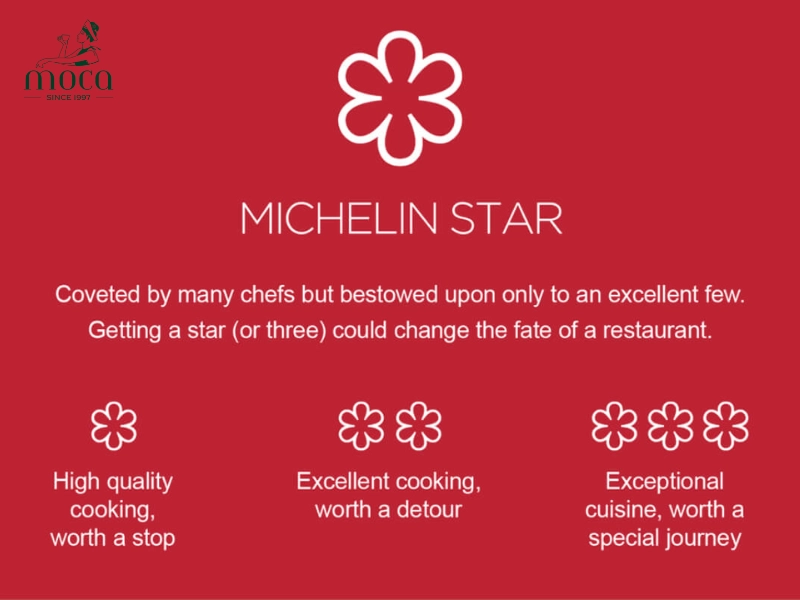
Each star carries its own distinct meaning
- Bib Gourmand: The unsung hero: While not part of the Star system, the Bib Gourmand designation is equally significant. It highlights restaurants offering good quality and good value cooking, showcasing establishments that deliver exceptional meals at more accessible price points.
- Michelin stars vs other culinary awards: Unlike other culinary accolades, Michelin Stars are awarded solely based on the dining experience, excluding factors such as ambiance or service unless they directly affect the meal. This singular focus on food sets the Michelin restaurant process apart, making its Stars a pure and respected benchmark of culinary excellence. While awards like the James Beard or World’s 50 Best Restaurants recognize broader contributions to the industry, a Michelin Star is an undeniable testament to a chef's skill and artistry.

Unlike other culinary accolades, Michelin Stars are awarded solely based on the dining experience
The Michelin Star system is a beacon for diners worldwide, guiding them to experiences that range from “very good” to “exceptional.” Its integrity, consistency, and singular focus on quality have made it the gold standard in the culinary world.
5. Maintaining standards: Ongoing evaluation and re-evaluation
One of the most defining aspects of the Michelin restaurant process is its commitment to maintaining the integrity of the stars awarded. Unlike lifetime accolades, Michelin Stars are not permanent. Restaurants are subject to continuous re-evaluation, ensuring that the standards of excellence they were recognized for remain consistently upheld.
Why restaurants are continuously re-evaluated
Michelin Stars are earned based on a restaurant’s ability to consistently deliver exceptional culinary experiences. Inspectors regularly revisit starred establishments, often anonymously, to confirm that they continue to meet the Michelin Guide’s rigorous criteria. This ongoing process ensures that diners can trust a Michelin Star to represent the same level of quality, no matter when they visit.
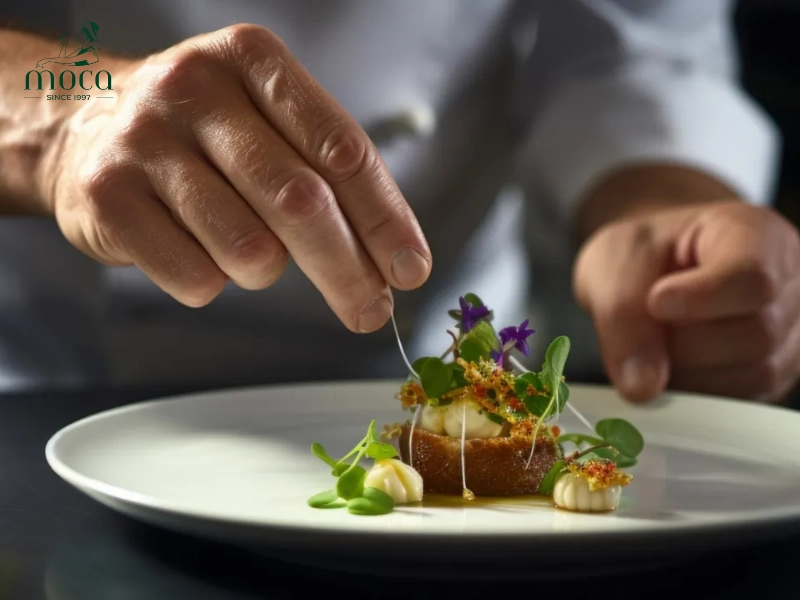
Why restaurants are continuously re-evaluated
Reasons a restaurant might lose a star
Losing a Michelin Star is not uncommon and can happen for several reasons:
- Decline in quality: A noticeable drop in the quality of ingredients, execution, or overall dining experience can result in a lost star. For example, if a restaurant begins to rely on lower-grade ingredients or compromises on cooking precision, it risks falling below Michelin standards.
- Changes in chefs: A chef’s departure can significantly impact the restaurant’s ability to maintain its culinary identity and consistency. For instance, when Gordon Ramsay’s New York restaurant lost its stars in 2013, critics speculated that a shift in leadership and execution contributed to the decision.
- Inconsistent performance: Consistency is a cornerstone of the Michelin restaurant process. If a restaurant delivers an extraordinary experience one day but falters the next, inspectors take note. Michelin Stars represent reliability across all visits, and inconsistency is a critical red flag.
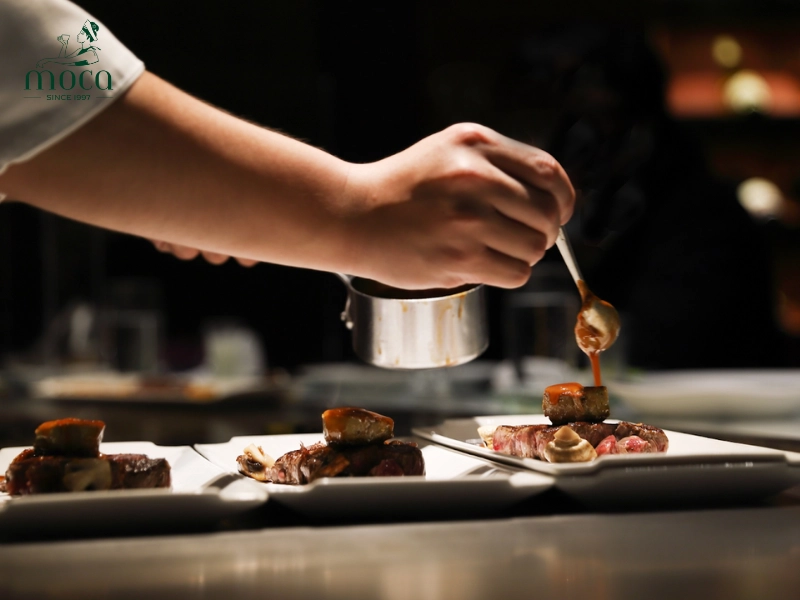
Reasons a restaurant might lose a star
The pressure and challenges of maintaining standards
- The prestige of a Michelin Star comes with immense pressure. Chefs and restaurant teams must continuously innovate while preserving their core identity. This balancing act can be mentally and physically demanding, especially as diners’ expectations sore after a star is awarded.
- For example, chef Sébastien Bras famously requested to withdraw his three-star restaurant Le Suquet from the Michelin Guide in 2017, citing the overwhelming pressure to meet expectations. This decision highlights the intense scrutiny that comes with the honor of a Michelin Star.

Chef Sébastien Bras requested to withdraw his three-star restaurant
Real-life examples of lost stars
Restaurants that lose stars often become cautionary tales within the industry. In 2019, the iconic Paul Bocuse restaurant in France lost its third star after holding it for over 50 years. Michelin inspectors noted that while the restaurant delivered excellent cuisine, it no longer met the exceptional standards required for three stars. This decision sparked widespread debate but underscored Michelin’s commitment to upholding its values of quality and consistency.
The Michelin restaurant process is unique in that it demands excellence not just once, but continuously. While the stars bring global recognition and acclaim, they also come with the responsibility to maintain an uncompromising standard. For diners, this ensures that a Michelin Star remains a true representation of culinary artistry, no matter when or where it is experienced.
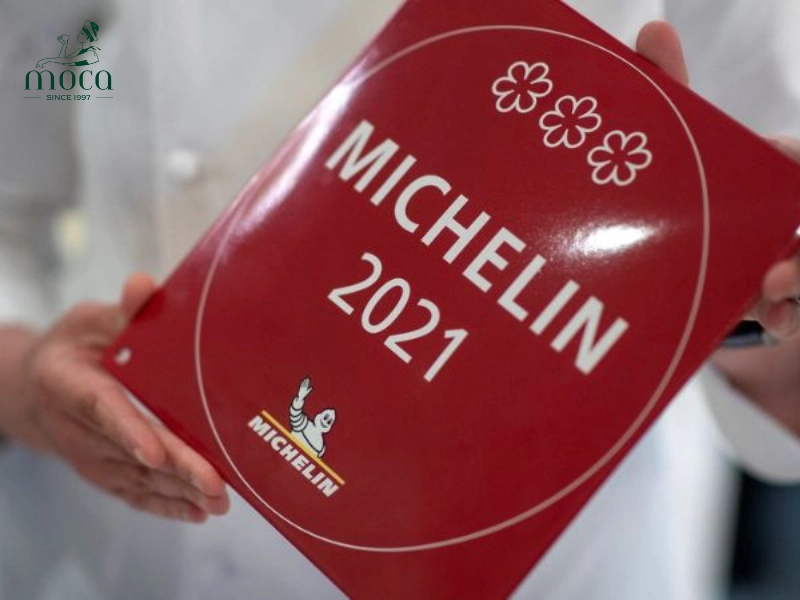
While the stars bring global recognition and acclaim, they also come with the responsibility
The Michelin restaurant process is a rigorous and impartial system that honors global culinary excellence. Through anonymous inspections and evaluations based on five key criteria—ingredient quality, technique, chef’s personality, value, and consistency—Michelin upholds its reputation for integrity. Earning a star signifies not just high standards, but a commitment to innovation and consistency. For diners, it ensures a remarkable experience; for chefs, it's the pinnacle of their craft. Understanding the Michelin restaurant process reveals the passion and precision behind this prestigious recognition.
If you're looking for more reviews on 2 Michelin stars restaurants, don't hesitate to check out Moca Dining for more insights!
For reservations and more information, simply visit Moca Dining’s official website or contact us directly. We're here to make your dining experience truly memorable.
Contact details
Moca Dining
16 Nha Tho, Hang Trong Ward, Hoan Kiem District, Hanoi
Tel: 0819961997 | 08.1997.2023
